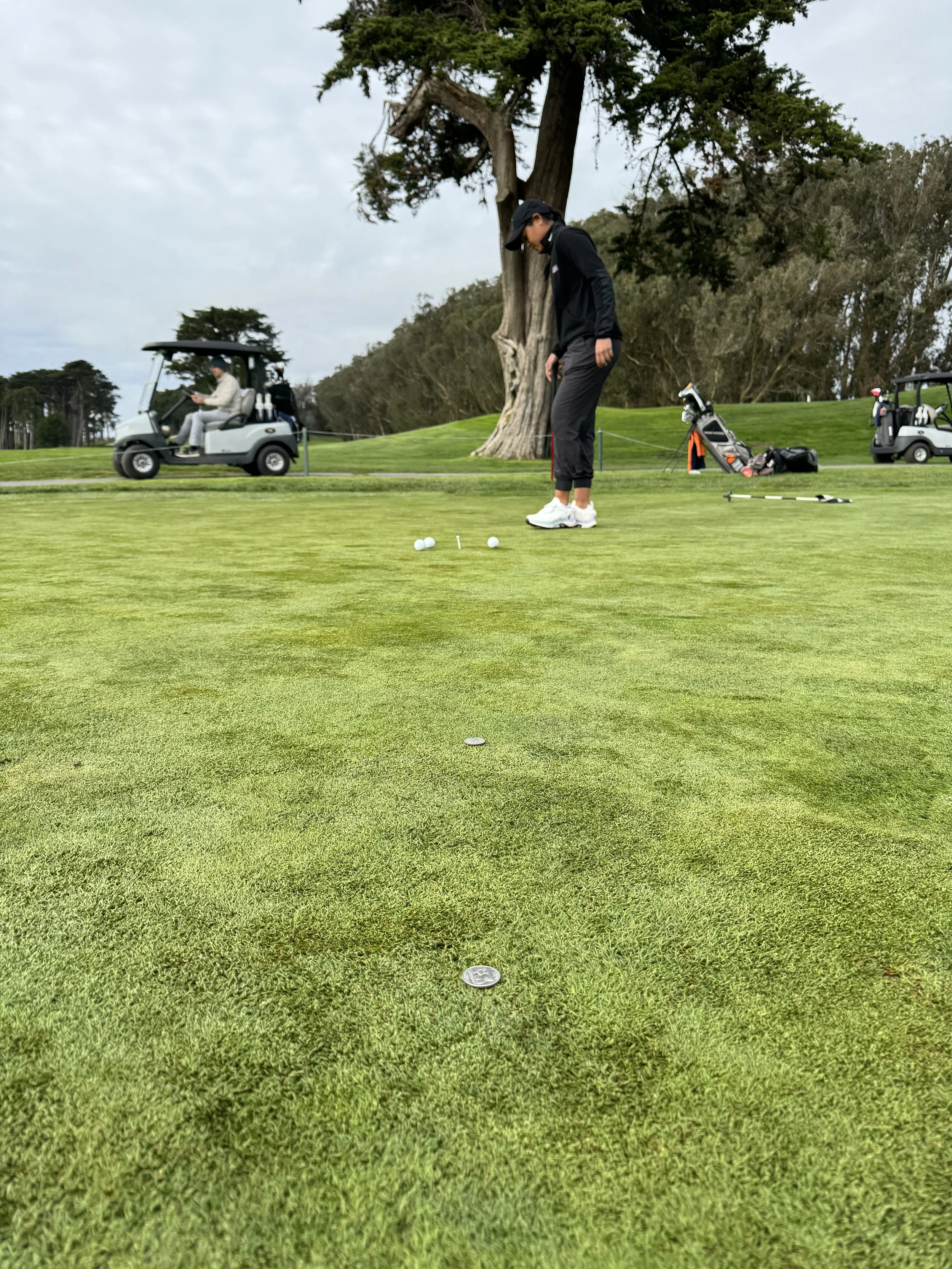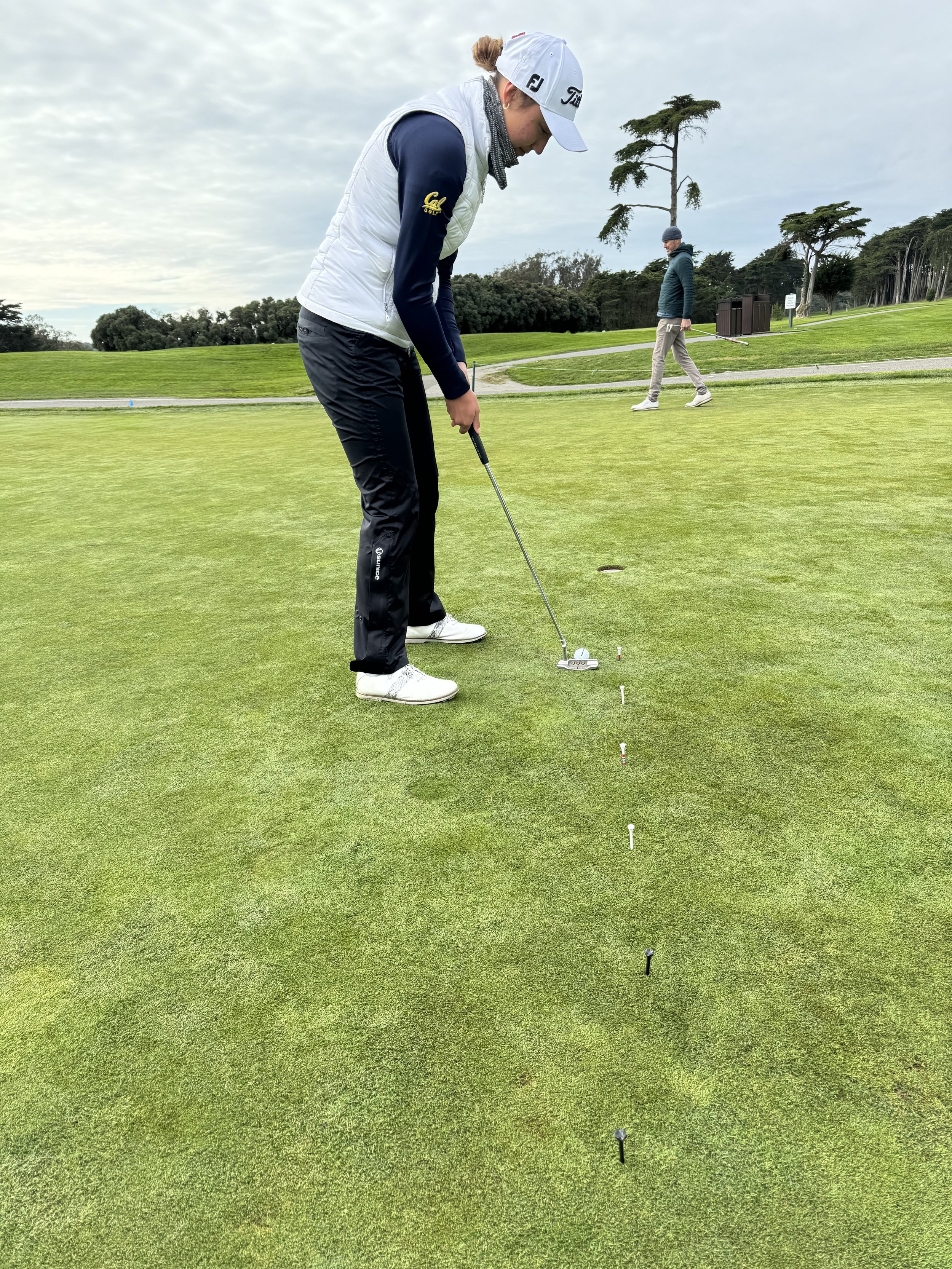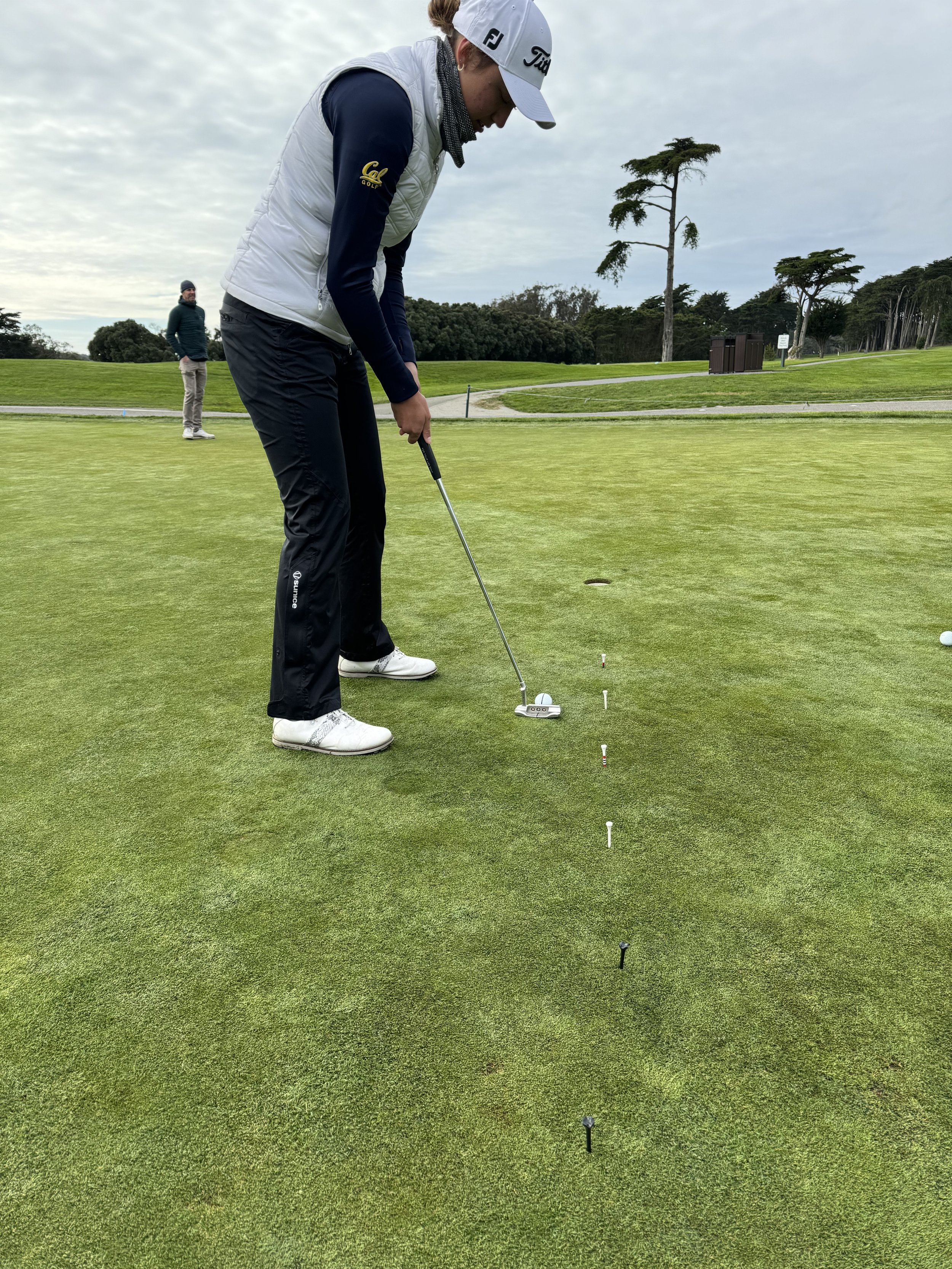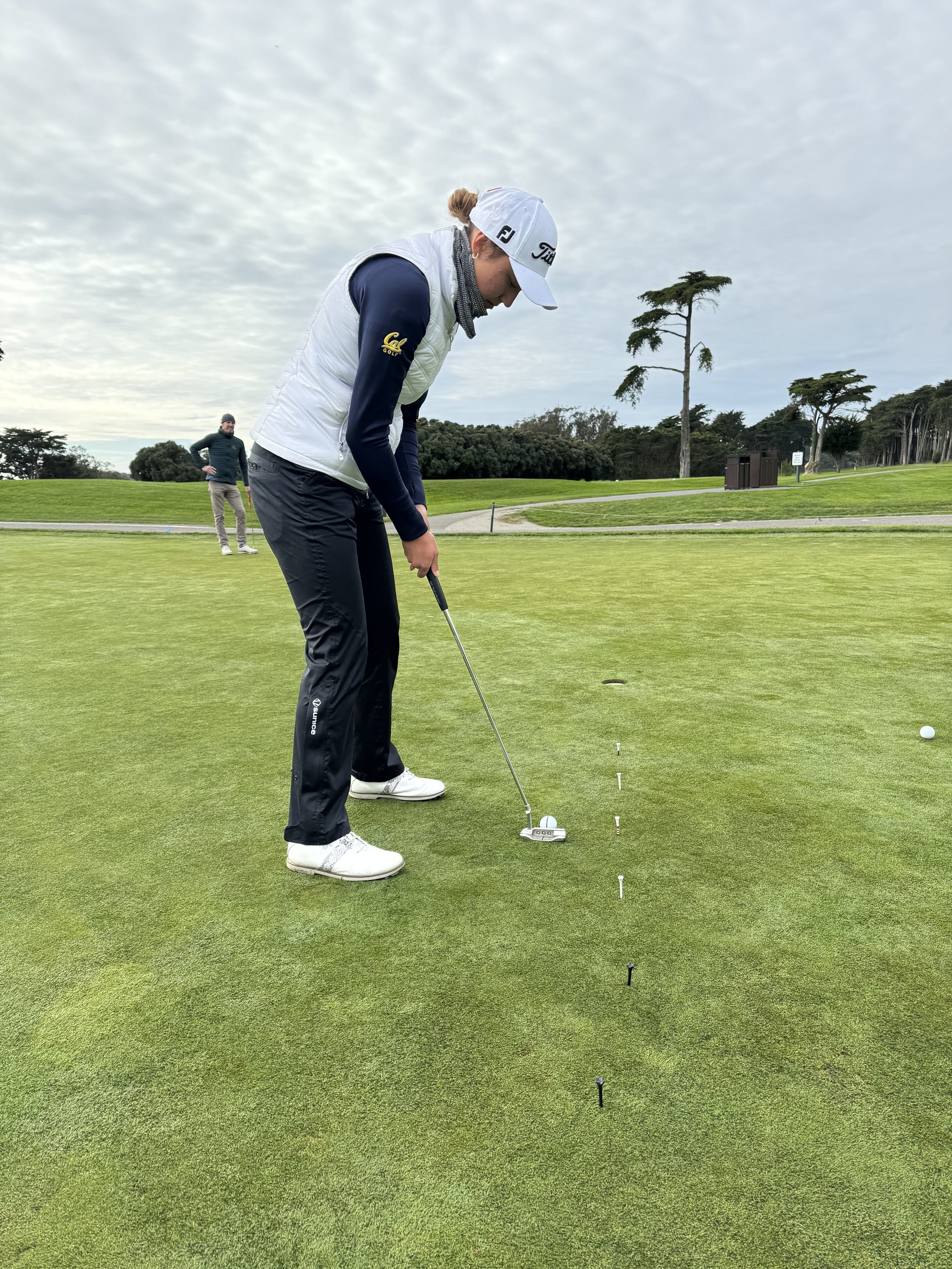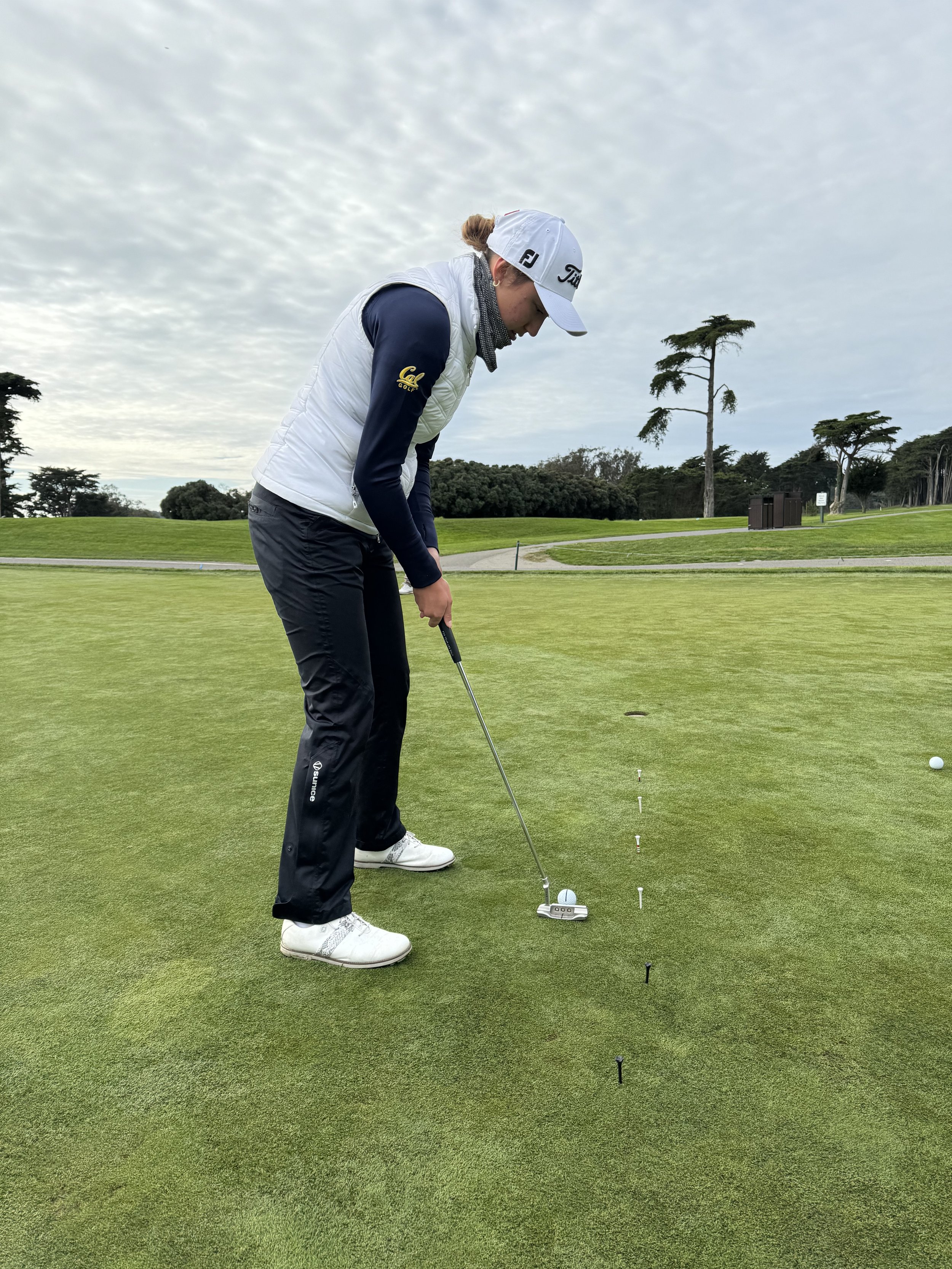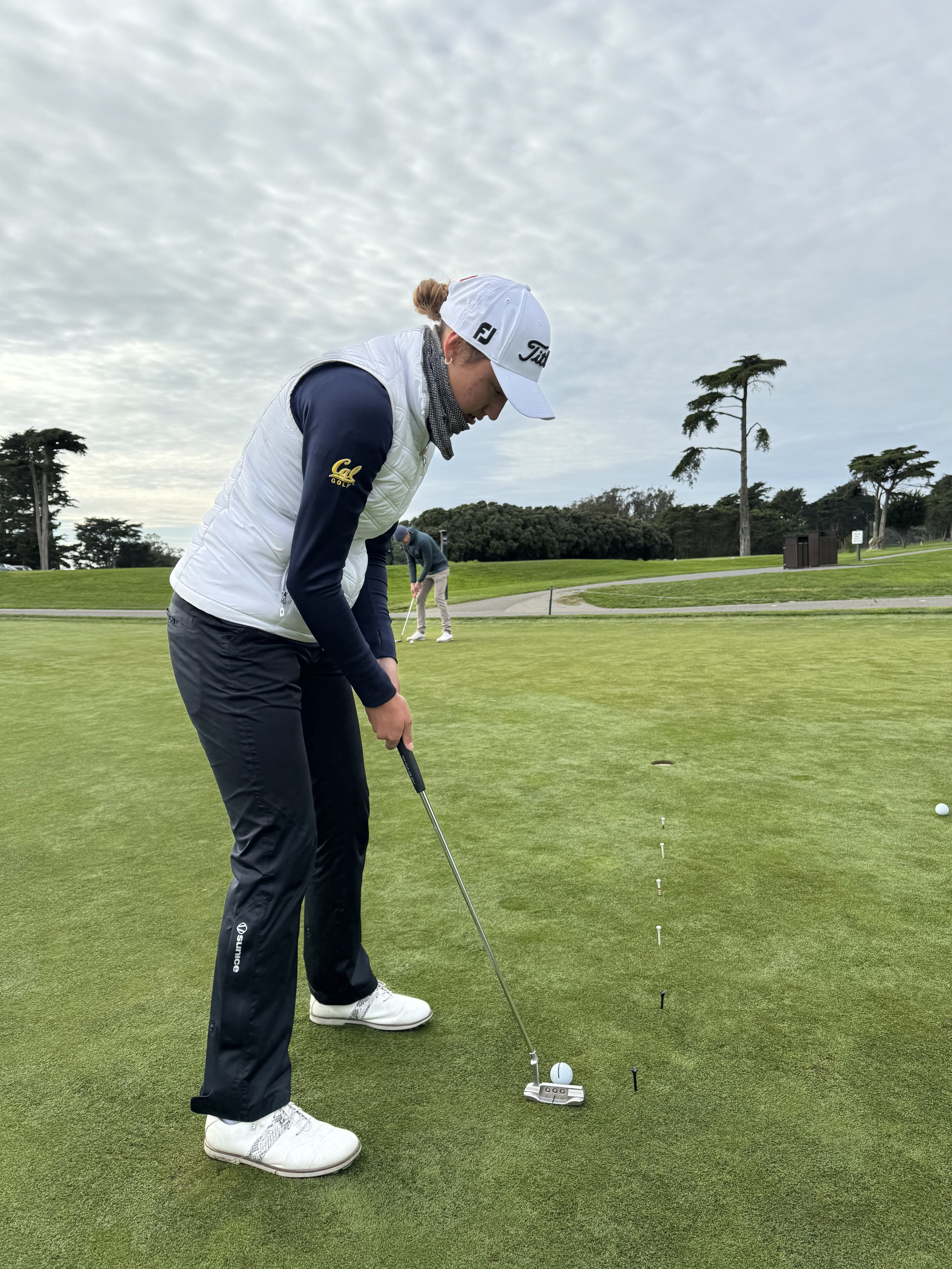How To Put Better - The Best Putting Drills
How to put better and the best putting Drills can cave the path to golfing excellence. This nuanced and delicate aspect of golf often defines the fine line between victory and the near-miss. While regular play hones overall skills, the dedicated practice of putting drills sharpens this vital tool in your golfing arsenal.
Table of Contents:
Why Focus on Putting?The Impact of Putting:The Psychology of Putting:The Power of Putting DrillsBuilding a Solid Foundation:Customized Drills for Specific Needs:Comprehensive Guide to Putting Drills1. The Circle Drill:2. The Plate Drill:3. The Mirror Drill:
Advanced Practice TechniquesBlind Putting:Pressure Simulation:
Practice Makes PerfectCreating a Practice Routine:Long-Term Development:Common Putting Mistakes and SolutionsAnalyzing and Correcting Errors:Conclusion:
Why Focus on Putting?
The Impact of Putting:
The significance of putting in golf cannot be overstated. Historical outcomes in major tournaments have often hinged on critical putts. Stories of golf legends whose mastery of the green defined their careers underscore the impact of putting. These tales inspire and provide insight into the essential role of putting in shaping golfing success.
The Psychology of Putting:
The mental aspect of putting is as crucial as the physical technique. This section explores the mental challenges of putting, discussing the importance of confidence, focus, and mental resilience. Consistently successful putting requires physical skill and a solid and focused mind, capable of handling pressure and making calculated decisions on the green.
The Power of Putting Drills
Building a Solid Foundation:
A consistent approach to putting, encompassing stance, grip, and posture, lays the groundwork for success. These fundamentals are the basis for building effective practice and skill development. By mastering these basics, golfers can ensure their practice is built on a solid foundation.
Customized Drills for Specific Needs:
Different drills target various aspects of putting, such as distance control, accuracy, and reading greens. By understanding the purpose of each drill, golfers can tailor their practice to address specific areas of need, leading to more efficient and effective improvement.
Comprehensive Guide to Putting Drills
1. The Circle Drill:
Advanced Techniques: Variations of the Circle Drill include changing the circle's diameter or using different putter types. These modifications challenge and refine a golfer's skills, allowing for continuous improvement and adaptation to different putting scenarios.
Success Metrics: Guidelines for measuring improvement and setting progressive goals are crucial. Tracking progress through tangible metrics helps golfers see the results of their practice and motivates them to continue improving.
2. The Plate Drill:
Environmental Factors: This drill is invaluable for adapting to different green conditions, such as wet versus dry greens. It emphasizes the importance of adaptability and offers complex versions of the drill, such as placing the plate on a slope or at varying distances, to simulate real-game scenarios.
3. The Left Arm Hold Drill
Stroke control: Enhance your putting stroke by focusing on keeping your left arm straight without any unwanted pull or push on the putter. To execute this drill, approach the ball and use your right hand to hold onto your left arm, preventing it from breaking during the stroke.
4. Coin Drill
Distance control: Coin drill setup aids in refining distance control within that specific range. Arrange two coins three feet apart, and position a tee 15 feet away or further from one of the coins. Your task is to putt from the tee, ensuring the ball ends between the two coins.
4. The Mirror Drill:
Detailed Analysis: The Mirror Drill is excellent for fine-tuning alignment and stroke path. Tips are provided for identifying and correcting common flaws, suggesting an initial focus on movement without the ball and gradually introducing the ball as the golfer's technique improves.
5. The 3-8 foot drill
Repetition/Feel control: Improving consistency in crucial putting distances, the setup is to place the tee starting from 3 feet and placing a tee within a foot apart until you reach 8 feet. The 3-8 drill requires you to make five consecutive putts at each distance. If you miss a putt, you must return to the preceding distance, adding an extra challenge to the drill.
Advanced Practice Techniques
Blind Putting:
Enhancing the 'feel' of your putt is crucial, and one often overlooked method is blind putting. By closing your eyes while practicing your putts, you shift focus from visual cues to the sensations in your hands and arms. This practice is about trusting your instincts and fine-tuning your perception of distance and force. Begin with short putts and gradually increase the distance as your confidence grows. This technique significantly improves your ability to gauge distances and enhances muscle memory.
Pressure Simulation:
Golf is as much a mental game as a physical, especially on the putting green. To build mental toughness and confidence, simulate high-pressure scenarios during practice sessions. Create consequences for missed putts, such as additional practice drills or a slight physical workout. This adds a level of seriousness to your practice sessions and prepares you for the stress of competitive play. Remember, the goal is not to add undue stress but to familiarize yourself with performing under pressure.
Practice Makes Perfect
Creating a Practice Routine:
Consistency is vital in putting into practice. Here’s a sample weekly putting practice schedule that can be adapted based on skill level:
Monday: Focus on short putts (3-5 feet). Aim for 100 consecutive makes.
Tuesday: Work on medium-range putts (6-10 feet). Practice different angles and breaks.
Wednesday: Rest day or light practice focusing on grip and stance.
Thursday: Long putts (20 feet and beyond). Concentrate on distance control and speed.
Friday: The Plate Drill and The Circle Drill will refine accuracy and consistency.
Weekend: Play rounds of golf and apply your practice in real scenarios.
Remember, this routine should be adjusted to fit into your schedule and skill level. The key is regularity and purpose in your practice.
Long-Term Development:
Improvement in putting, as in any aspect of golf, is a journey. Patience and persistence are essential. Understand that progress may be slow and incremental, but each practice session builds upon the last. Celebrate small victories and analyze areas of improvement. Keeping a practice journal can help track progress and maintain motivation.
Common Putting Mistakes and Solutions
Analyzing and Correcting Errors:
Here are some common putting mistakes and solutions to correct them:
Mistake: Inconsistent Stroke. Solution: Focus on developing a repeatable stroke. Use drills that enforce muscle memory.
Mistake: Poor Distance Control. Solution: Practice long putts extensively. Blind putting can also help in improving distance perception.
Mistake: Misreading Greens. Solution: Study greens and understand how ball movement changes with varying slopes and speeds.
Conclusion:
The journey to becoming a better putter is filled with challenges and rewards. Dedicated practice, focused drills, and a consistent routine are the keys to improvement. Remember, every professional starts as a beginner, and the path to improvement is paved with patience, focus, and consistent effort. Embrace the challenge, enjoy the process, and watch your game transform on the green.



